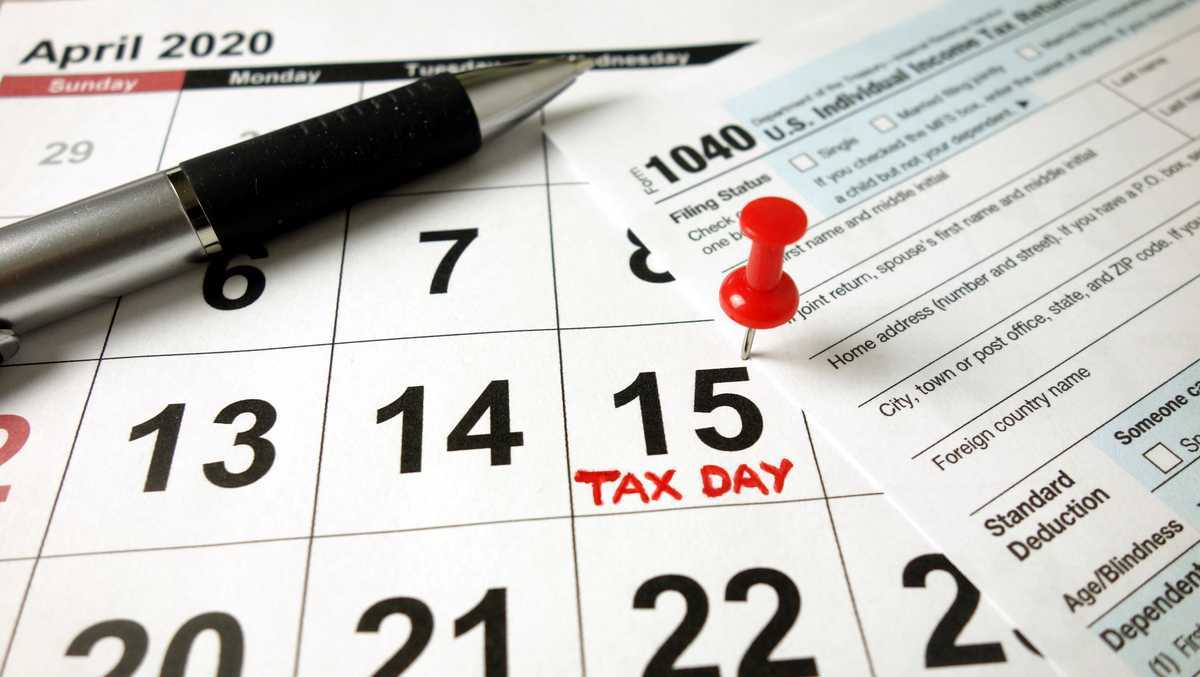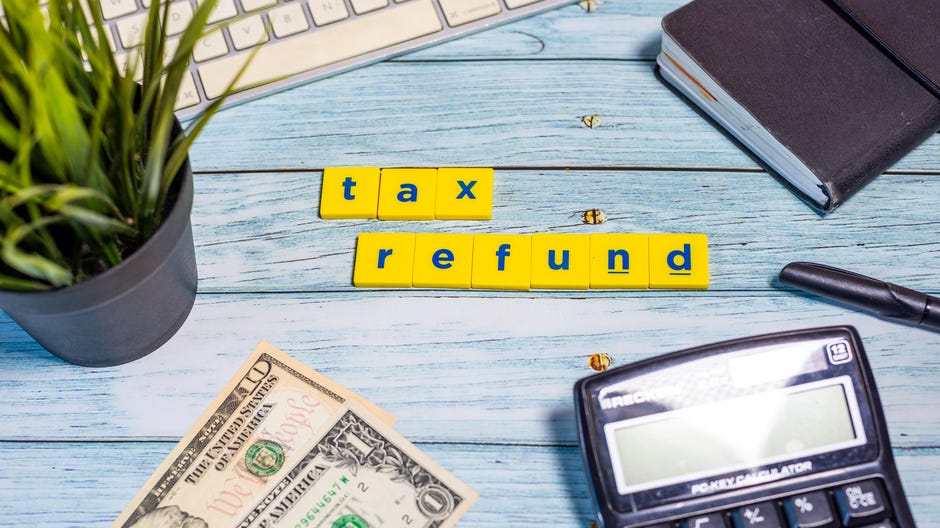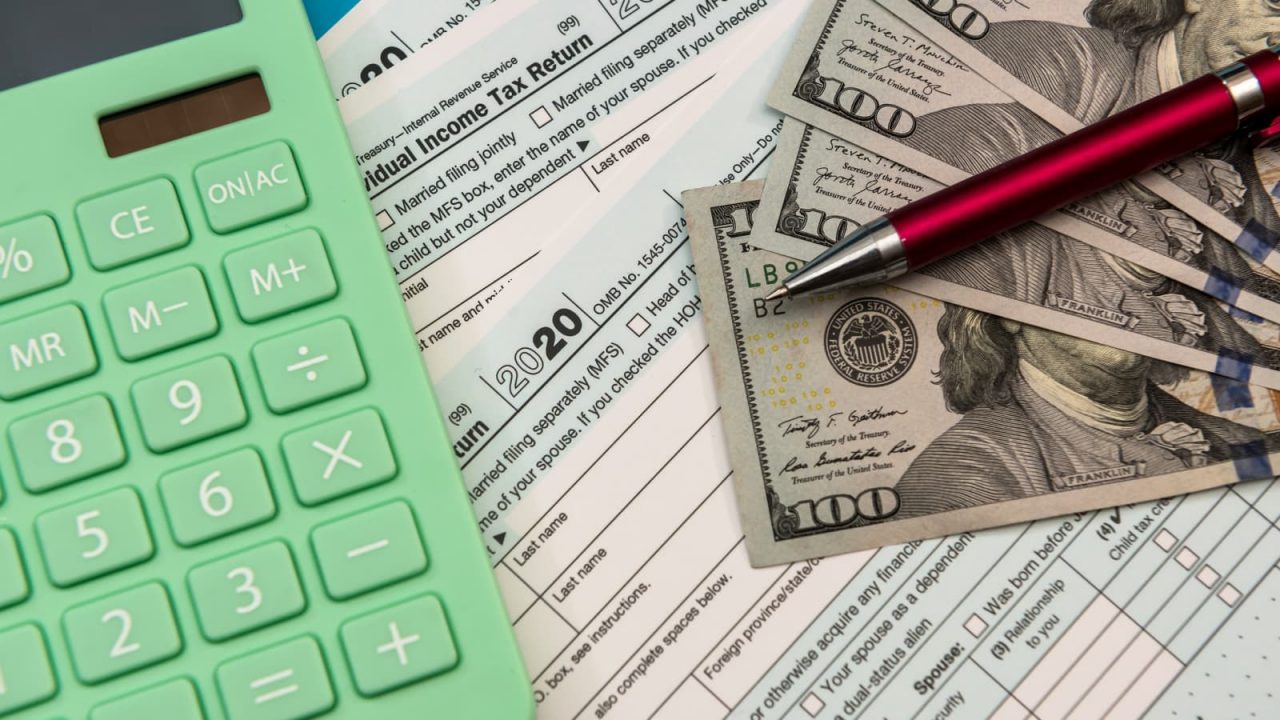The IRS said Thursday that it destroyed approximately 30 million unprocessed information returns because its “antiquated technology” forced it to dispose of the paper documents and vowed to process all such information returns that it received in 2021 and 2022.
The IRS statement was in response to an audit report by the Treasury Inspector General for Tax Administration (TIGTA) that described the document destruction. In that report released Monday, TIGTA recommended that the IRS develop a systemwide strategy to increase electronic filing of tax returns and forms.
The AICPA in a statement Friday called the document destruction “concerning,” considering the IRS’s struggles to process returns timely for the past two years, and called upon the Service to provide further details. The AICPA also noted it has urged the IRS to implement specific recommendations for reducing its backlog more quickly and to provide relief to taxpayers.
“IRS management’s decision to destroy information return documents due to the processing backlog raised numerous questions regarding IRS’s decision-making and risk assessment process,” Ed Karl, CPA, CGMA, the AICPA’s vice president–Tax Policy & Advocacy, said in the statement.
In its audit report, TIGTA noted that paper filings of the documents, including of many that currently cannot be e-filed, impose higher processing costs for the government and deny taxpayers the benefits of e-filing, including convenience, security, and assured delivery. Processing paper filings also imposes logistical challenges, TIGTA reported, including storage and untimely processing.
The IRS’s inability to process backlogs of paper-filed tax returns that had built up during the COVID-19 pandemic contributed to its decision to destroy about 30 million paper-filed information return documents in March 2021, TIGTA reported.
TIGTA also had reported the forms’ destruction in a September 2021 audit report, Effects of the COVID-19 Pandemic on Business Tax Return Processing Operations. In that report, TIGTA said it learned of the incident in its “walkthroughs” of the Service’s Ogden, Utah, processing center, and related some details of its discussion about it with IRS managers.
Information returns are furnished to taxpayers and filed with the IRS, usually reporting income or another tax item that taxpayers then report on an income tax return or retain in their records to support tax return entries. Examples include Form 1099-MISC, Miscellaneous Information.
However, taxpayers in some cases fail to include the reported income or item or do not report it properly. To enforce the proper inclusion of reported items, the IRS conducts what it calls post-processing compliance matches. First, the information returns are scanned into the IRS’s computer systems and then matched against the returns of taxpayers with respect to whom they were filed. One such IRS matching program is its Automated Underreporter Program.
TIGTA reported that when asked about the destruction of the information returns, IRS managers said that the system used to process the returns had to be taken offline to program updates for the next filing season.
In its statement Thursday, the IRS reiterated that rationale, saying the destroyed returns were a small fraction of the 3.2 billion information returns processed in 2020, and most were in the Form 1099 series. All but 1% of those 3.2 billion forms were “matched to corresponding tax returns and processed,” the IRS stated. The remaining 1% were destroyed “due to a software limitation and to make room for new documents relevant to the pending 2021 filing season.”
The IRS also stated that taxpayers and the payers of income that filed the forms have not been subject to penalties resulting from the destruction, and that there were “no negative taxpayer consequences.”
“Broadly, this situation reflects the significant issues posed by antiquated IRS technology,” the IRS stated, adding that in 2020, the Service placed a higher priority on processing tax returns, also backlogged, to issue taxpayer refunds amid the pandemic.
The AICPA’s Karl noted that the AICPA had urged additional taxpayer relief measures during the pandemic, including from penalties.
“We are encouraged that the IRS statement indicated that taxpayers and payors have and will not be subject to penalties,” Karl stated. “However, the AICPA believes that the IRS should be transparent with their remediation strategy to ensure that taxpayers who attempt to be in compliance, and payors who have been compliant with the information reporting requirements, do not have penalties imposed on them in the future.”
The September 2021 TIGTA report identified the higher-priority returns specifically as those in the Form 941 series, on which employers report payroll taxes. Many such returns in 2021 included claims for the employee retention credit.
TIGTA also identified SCRIPS (Service Center Recognition Image Processing System) as the affected system. SCRIPS, according to Internal Revenue Manual (IRM) Section 3.41.269.1 and IRS News Release 93-20, uses imaging and character recognition and is the IRS’s primary means of converting paper information returns into data in a dedicated database. Paper returns are scanned as they are received, but the IRM describes instances in which they cannot be scanned and must be manually processed.
System constraints require the IRS to process the paper information returns by the end of the calendar year in which they were received, the IRS said Thursday, meaning that those received in 2020 could no longer be processed after the 2021 filing season began. The Service also noted that taxpayers received a copy of the destroyed information returns, which they could have used in filing an accurate return.
The decision involved discussions within the IRS’s Wage and Investment and Small Business/Self-Employed (SB/SE) divisions, according to the earlier TIGTA report. The difficulty of retrieving the paper forms was one factor in deciding to destroy them. SB/SE managers conducted a risk assessment to assess what effect the documents’ destruction would have on its post-processing compliance activities.
But details about that risk assessment have not been divulged, as Karl noted in the statement.
“The IRS’s recent statement provided some of the answers, but American taxpayers deserve to know why this decision was made and how it might impact them,” Karl said. “The IRS should continue to operate with transparency on this issue.”
Despite the reasons the IRS had for destroying the information returns, the Service said Thursday it will not do so again in the foreseeable future.
“The IRS is planning to process all paper information returns received in 2021 and 2022,” the statement said.
It was not clear how that statement could apply to information returns received in 2021, given what the IRS said was its inability due to programming constraints to process information returns received in one year after the next year’s filing season begins.
Nor was it immediately clear how many taxpayers may have failed to properly include the reported tax items on the destroyed information returns, or if the IRS has any means or plan to identify those taxpayers and amounts.
Source: The Tax Adviser










